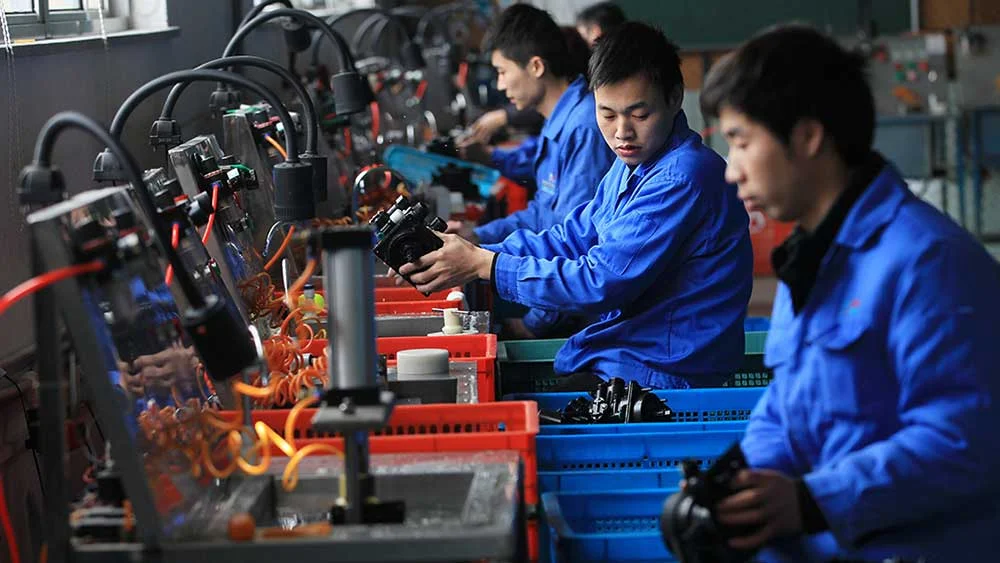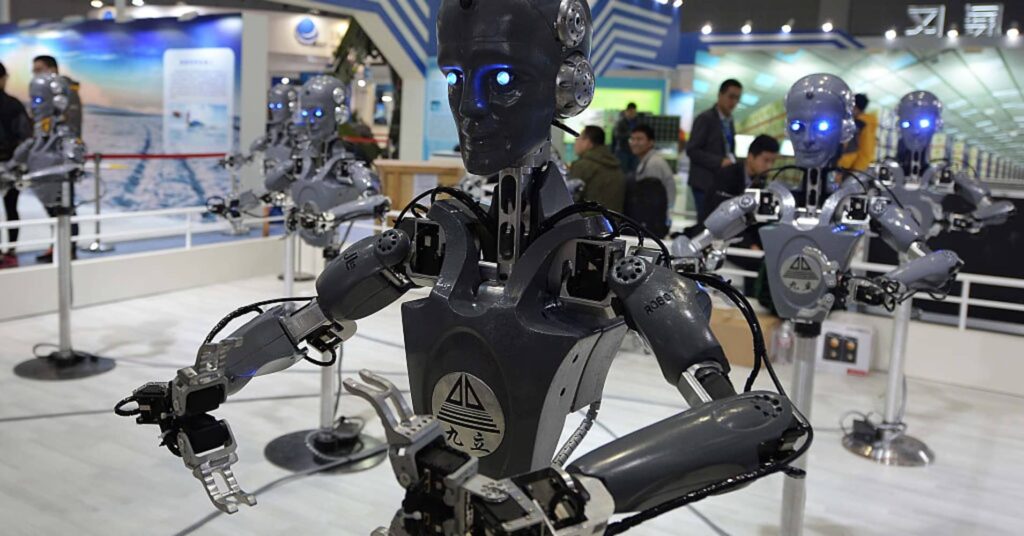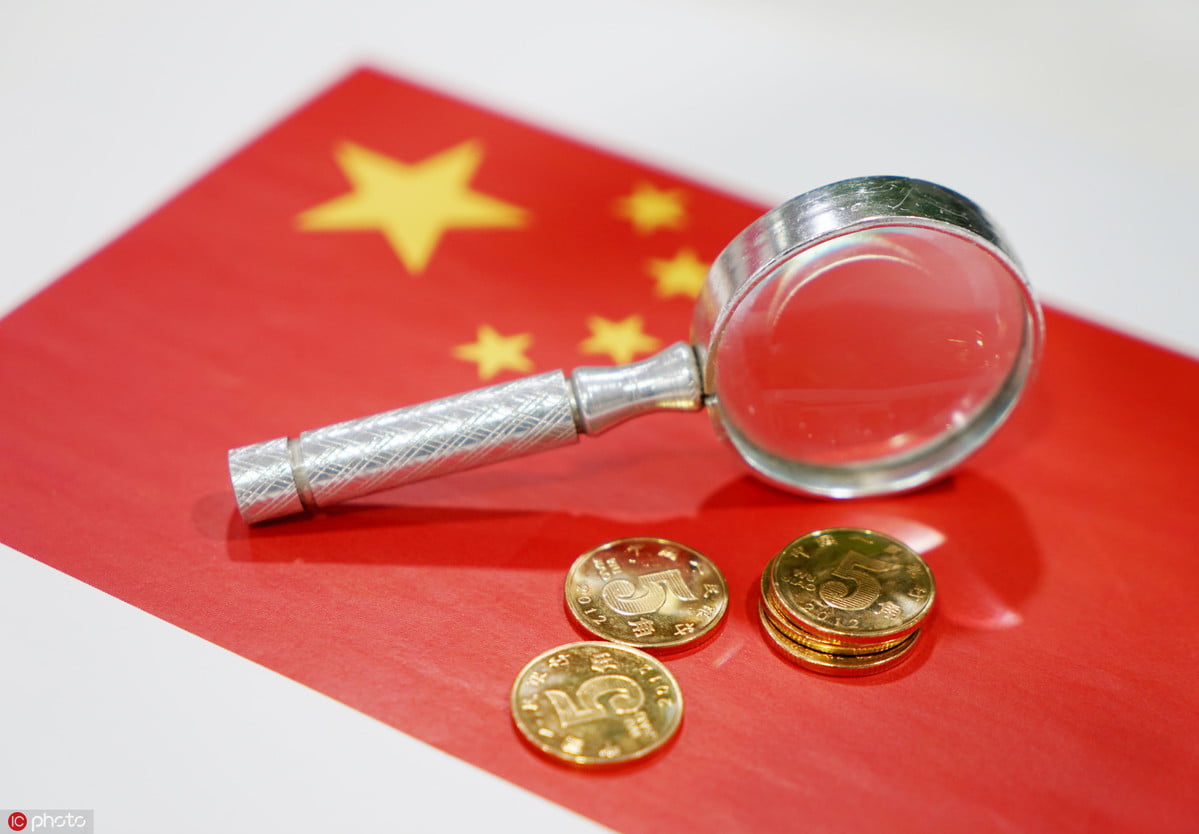China Success As one of the most significant events in human history of the 20th century, China Success reform and opening up has not only profoundly changed the country herself, but also greatly influenced the world. This year marks the 40th anniversary of the reform and opening up policy. At this very moment, it is of far-reaching significance for us to revisit and reflect on this great event and look ahead to the way forward.
Why Is China Growing So Fast?

China Success In 1978, after years of state control of all productive assets, the government of China embarked on a major program of economic reform. In an effort to awaken a dormant economic giant, it encouraged the formation of rural enterprises and private businesses, liberalized foreign trade and investment, relaxed state control over some prices, and invested in industrial production and the education of its workforce. By nearly all accounts, the strategy has worked spectacularly.
China Success While pre-1978 China had seen annual growth of 6 percent a year (with some painful ups and downs along the way), post-1978 China saw average real growth of more than 9 percent a year with fewer and less painful ups and downs. In several peak years, the economy grew more than 13 percent. Per capita income has nearly quadrupled in the last 15 years, and a few analysts are even predicting that the Chinese economy will be larger than that of the United States in about 20 years. Such growth compares very favorably to that of the “Asian tigers”–Hong Kong, Korea, Singapore, and Taiwan Province of China–which, as a group, had an average growth rate of 7-8 percent over the last 15 years.
China Success Curious about why China has done so well, an IMF research team recently examined the sources of that nation’s growth and arrived at a surprising conclusion. Although capital accumulation–the growth in the country’s stock of capital assets, such as new factories, manufacturing machinery, and communications systems–was important, as were the number of Chinese workers, a sharp, sustained increase in productivity (that is, increased worker efficiency) was the driving force behind the economic boom. During 1979-94 productivity gains accounted for more than 42 percent of China growth and by the early 1990s had overtaken capital as the most significant source of that growth. This marks a departure from the traditional view of development in which capital investment takes the lead. This jump in productivity originated in the economic reforms begun in 1978.
Secrets of Success.

China Success My foreign people often asked Chinese , how did your countrymen achieve so much in the face of so many challenges? You must have done something right. Their response is that it is because we have found a development path that suits China national conditions. As for the specifics of the path, in my opinion it at least contains the following:
China Success First of all, in terms of economy, China adopts gradual reforms while at the same time daring to try, which is what we vividly refer to as “crossing the river by feeling for the stones”. China has combined government intervention with market opening and gradually established a dual-track socialist market economy. This approach has greatly stimulated private entrepreneurship while preventing economic turmoil. In 1978, there were almost no private enterprises in China. At present, private enterprises contribute 60% of China GDP and over 80% of the urban and rural employment.
China Success Secondly, in terms of political development, China upholds the leadership of the Communist Party and a people-centered approach. For a country of 1.4 billion people, 56 ethnic groups and multiple religions, stability is always of utmost importance. At the same time, the Chinese Government has freed its mind to keep abreast of the times. It has constantly made progress in its decision-making process more sound and democratic, and corrects errors if there was any. The Government has also improved its legal system, protected human rights and property rights, and responded to the demands of the people. Having worked in the CPPCC (Chinese People’s Political Consultative Conference) for some time, I personally experienced the unique decision-making process in China. We have a consultative, rather than a competitive, democracy. In addition, the Communist Party of China has a unique system to select its officials. Almost every Chinese leader I have met has excellent practical experience. The political stability in China has guaranteed the continuity of its policy. All the “Five-Year Plans”, from the first to the twelfth, have been fulfilled one by one, and the country’s thirteenth “Five-Year Plan” (2016-2020) is being implemented in earnest. Polls show that more than 80% of Chinese people support their government, because their government really DELIVERS.
China Success Thirdly, China attaches great importance to science, technology and innovation. China has been striving to promote industrial upgrading and a shift from export substitution to innovation-driven development strategy. Today, science and technology contributes 57% of China’s GDP. Business leaders like Jack Ma and Pony Ma have become idols of Chinese youth.
China Success Some people have always accused China of technological theft. Here let me respond with a few numbers: both China’s R&D expenditure and its number of Science Citation Index, or SCI papers rank second in the world. China domestic patent application number ranks first in the world. Every year the Chinese universities produce over three million graduates in science, technology, engineering and mathematics, five times that of the United States; and China has more than 4 million talents engaged in R&D. China has also made great efforts to protect intellectual property rights. These are the real reasons behind China scientific and technological progress.
China Success Fourthly, China opens to the outside world and draws upon any advanced experience from the rest of the world. China opening up is all-dimensional, from the special economic zones and coastal areas all the way to its western region, from commodity trade expanding to investment and service trade, and from “bringing in” (of foreign capital and knowhow) to “going global”. There are now 600,000 Chinese students studying overseas and over 100 million Chinese tourists traveling abroad annually. Some of my American friends often complained to me that the Chinese market is not open enough. I always ask them: Do you know how many American companies are operating in China today? The answer is 68,000. And according to the numbers of US Bureau of Economic Analysis, their annual sales in China exceeded $400 billion, more than tripling the volume of US exports to China.
Why the Productivity Boom?

China Success Exactly how did China economic reforms work to boost productivity, especially in an economy still burdened by extensive government controls? In the important rural sector the story is particularly interesting.
China Success Prior to the 1978 reforms, nearly four in five Chinese worked in agriculture; by 1994, only one in two did. Reforms expanded property rights in the countryside and touched off a race to form small nonagricultural businesses in rural areas. Decollectivization and higher prices for agricultural products also led to more productive (family) farms and more efficient use of labor. Together these forces induced many workers to move out of agriculture. The resulting rapid growth of village enterprises has drawn tens of millions of people from traditional agriculture into higher-value-added manufacturing.
China Success Further, the post-1978 reforms granted greater autonomy to enterprise managers. They became more free to set their own production goals, sell some products in the private market at competitive prices, grant bonuses to good workers and fire bad ones, and retain some portion of the firm’s earnings for future investment. The reforms also gave greater room for private ownership of production, and these privately held businesses created jobs, developed much-wanted consumer products, earned important hard currency through foreign trade, paid state taxes, and gave the national economy a flexibility and resiliency that it did not have before.
China Success By welcoming foreign investment, China open-door policy has added power to the economic transformation. Cumulative foreign direct investment, negligible before 1978, reached nearly US$100 billion in 1994; annual inflows increased from less than 1 percent of total fixed investment in 1979 to 18 percent in 1994. This foreign money has built factories, created jobs, linked China to international markets, and led to important transfers of technology. These trends are especially apparent in the more than one dozen open coastal areas where foreign investors enjoy tax advantages. In addition, economic liberalization has boosted exports–which rose 19 percent a year during 1981-94.
China Success Strong export growth, in turn, appears to have fueled productivity growth in domestic industries. In one final area, price reform, the Chinese have proceeded cautiously, granting a fair amount of autonomy to producers of consumer goods and agricultural products but much less to other sectors. Several bouts of inflation have buffeted the Chinese economy in the past two decades, deterring the government from implementing full-scale price liberalization. High rates of growth also raise inflationary worries. Inflation may pose the single greatest threat to Chinese growth, though thus far it has been largely contained.
China Contribution to the World.

China Success The success of China’s reform and opening up has made the world more peaceful and prosperous. According to the World Bank, the Chinese economy contributed 34% of the global economic growth annually between 2012-2016. As the largest “world factory”, China provides quality and affordable products to other countries. China is already the fastest growing import market in the world. Furthermore, because of the rapidly rising middle class, China will soon become the largest consumer import market. China offers abundant opportunities to foreign capital. More than half of China export goods are produced by foreign-invested enterprises. China reform and opening up is not a business only profiting itself, but a cause of mutual benefit. Indeed, China success is also as a result of global collaboration. While developing itself, China strives to provide public good to the world. In recent years, China has proposed the “Belt and Road Initiative” and advocated the establishment of the AIIB (Asian Infrastructure Investment Bank), the BRICS New Development Bank, and the Shanghai Cooperation Organization Bank. This is an effort to help developing countries to build up their infrastructure, recognizing building up infrastructure is essential for economic development. Over the past few years, China has actively supported the effort to bring about an international agreement on climate change. In order to preserve peace, China sends the largest number of peacekeepers among the five permanent members of the UN Security Council.
Looking to the Future.

China Success China will not threaten anyone. It will not seek to dominate the world and will not export its development model. China believes that despite the differences among countries, we are all living under the same sky and sharing the common home, and we should be one family. This is the concept of a community of a shared future for mankind. China development achievements are the results of the solid efforts made by 1.4 billion Chinese people. Finally, we should remember the words of President Xi Jinping, who said: “Reform and opening up is China fundamental state policy as well as the driving force for China future development. China will never close its door to the world; it will open even wider!” I am convinced that all of you present today will see a more open, prosperous and friendly China which makes even greater contribution to world peace and development.
Conclusion.
Although China occupies a unique niche in the world’s political economy–its vast populace and large physical size alone mark it as a powerful global presence–it is still possible to look at the Chinese experience and draw some general lessons for other developing countries. Most important, while capital investment is crucial to growth, it becomes even more potent when accompanied by market-oriented reforms that introduce profit incentives to rural enterprises and small private businesses. That combination can unleash a productivity boom that will propel aggregate growth. For countries with a large segment of the population underemployed in agriculture, the Chinese example may be particularly instructive. By encouraging the growth of rural enterprises and not focusing exclusively on the urban industrial sector, China has successfully moved millions of workers off farms and into factories without creating an urban crisis. Finally, China open-door policy has spurred foreign direct investment in the country, creating still more jobs and linking the Chinese economy with international markets. China strong productivity growth, spurred by the 1978 market-oriented reforms, is the leading cause of China unprecedented economic performance. Despite significant obstacles relating to the measurement of economic variables in China, these findings hold up after various tests for robustness. As such, they offer an excellent jumping-off point for future research on the potential roles for productivity measures in other developing countries.
Interested In Reading Articles On TOP 7 Most Valuable Companies in the world
